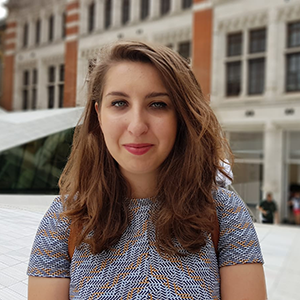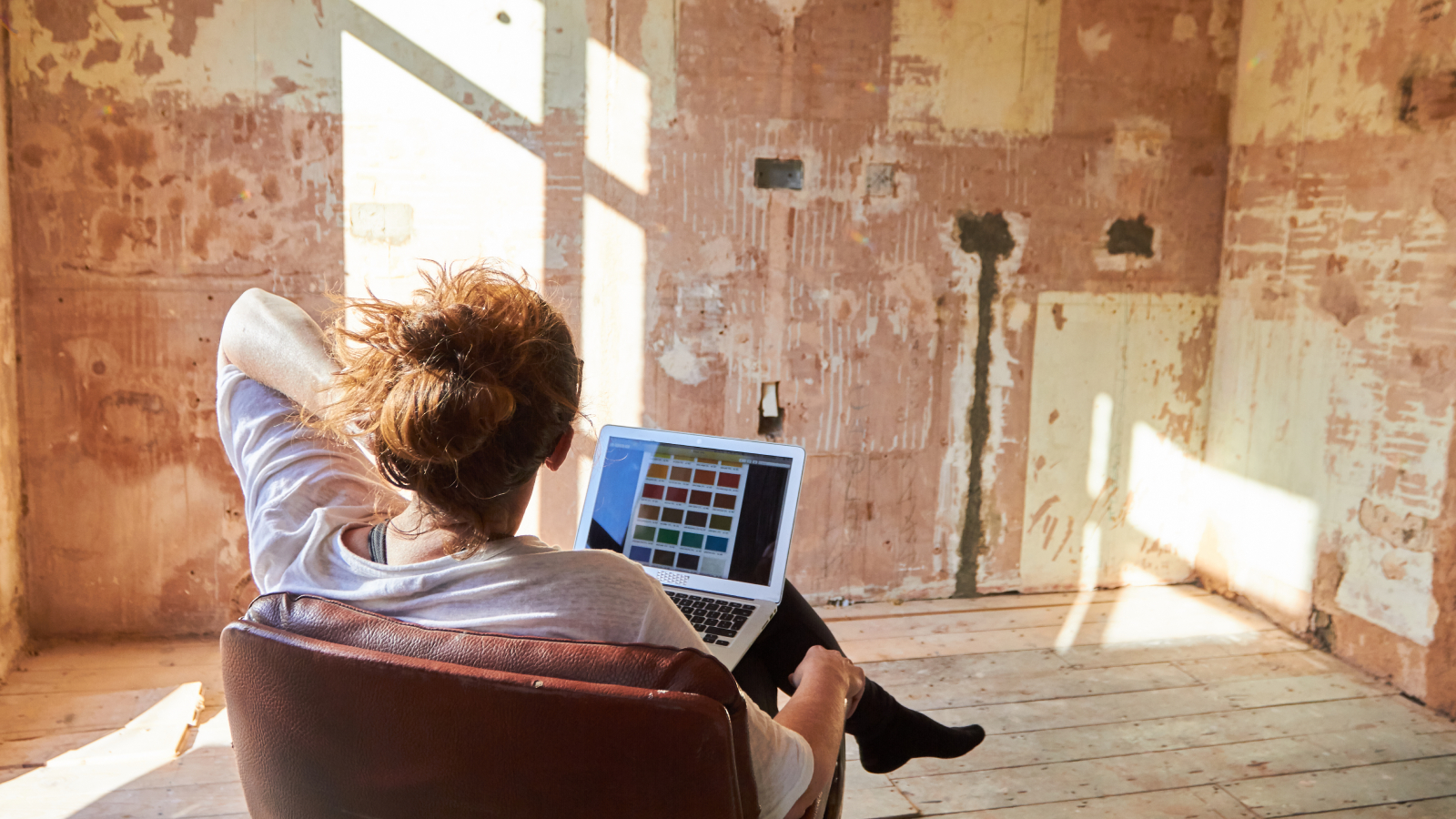6 Design Ideas From a Stylish, Fossil-Fuel Free, Eco Home
Looking for a life away from the city, architects Spencer and Emma Guy worked tirelessly for a decade to build their dream family home in the countryside
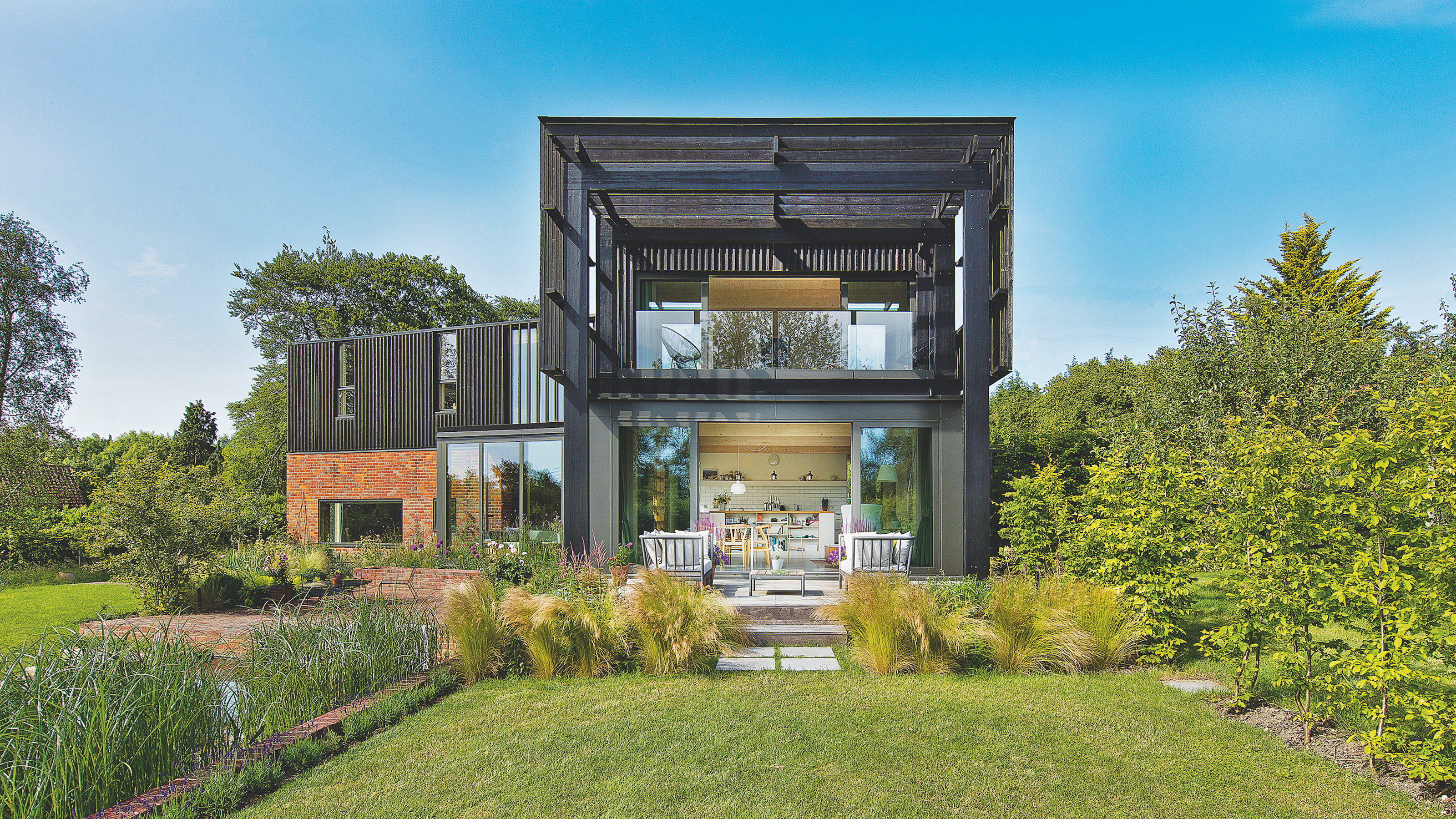
Living on site is not for the faint-hearted, but Spencer and Emma Guy have most certainly proved their mettle by living in a work-in-progress self build for more
than 10 years.
"We’re both architects and we’ve always wanted to build a house,” begins Spencer Guy, founder of Levitate Architects.
The couple bought a brownfield site just outside a village, which thick with nettles and brambles, with a derelict shed in the corner and building consent for a house that didn’t particularly suit the surroundings. The couple bought the site with proceeds from their London house and lived with family for a year while they drew up plans for their self build, organised finances and cleared the site.
Take a look below for six ideas to steal from this incredible green, yet stylish home, constructed over the course of 10 years.
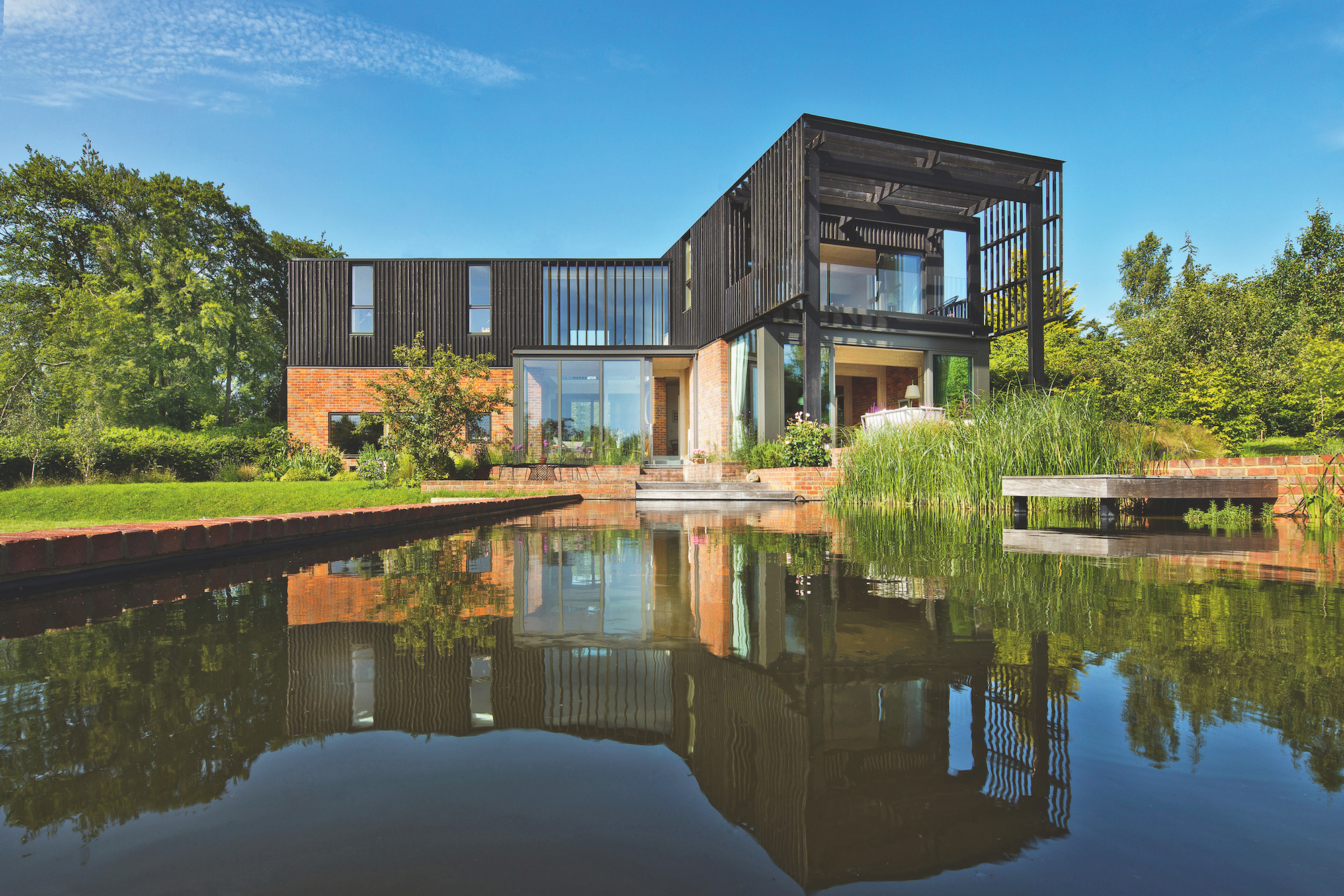
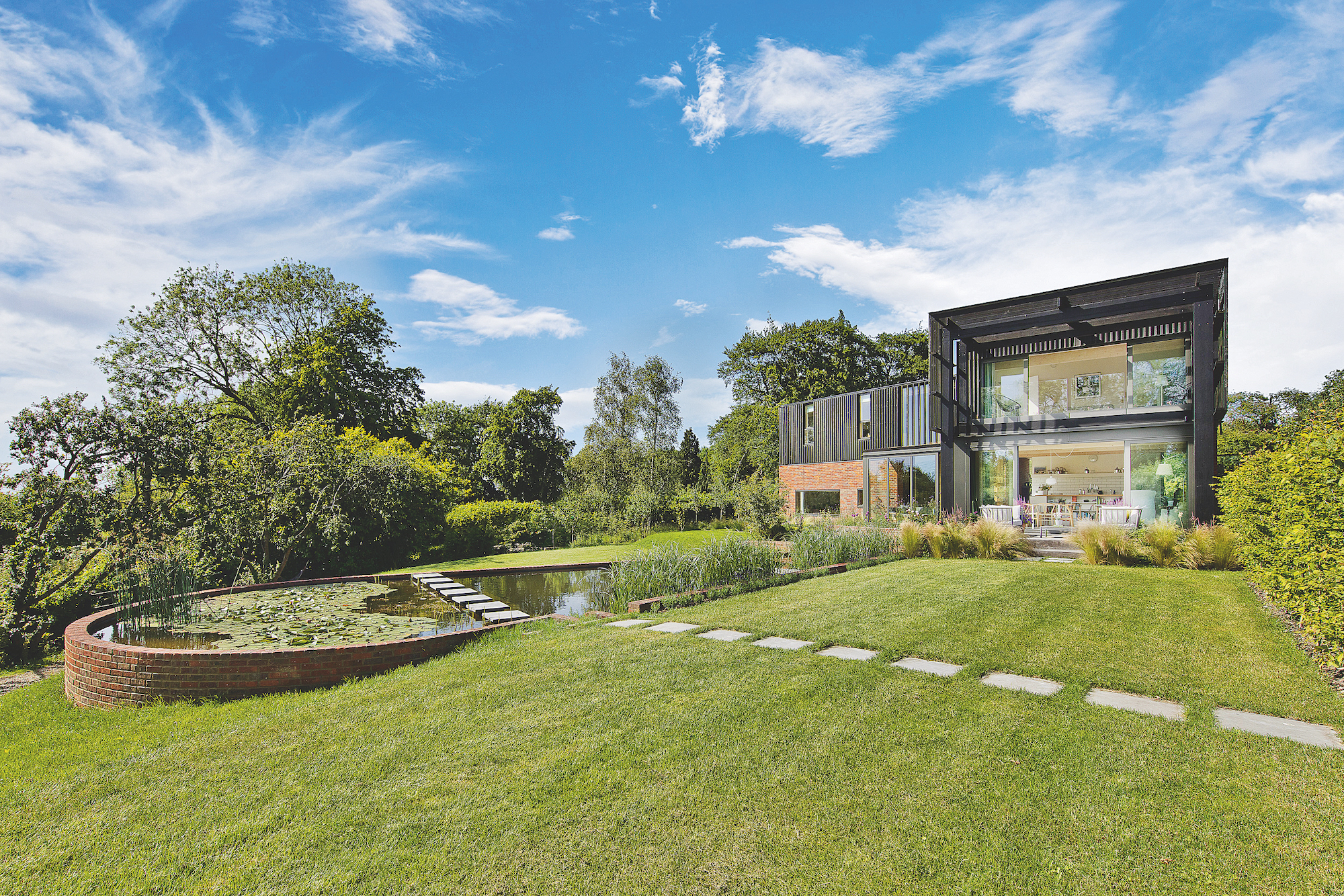
1. Respond to Your Lifestyle for the Right Design
“The first house design sketch was the most difficult,” remembers Spencer. “The site doesn’t have any neighbours so we could kind of do whatever we wanted — which is really difficult for an architect; it’s much easier with limitations.”
The birth of the Guys’ daughter, Olivia, in 2010 brought a clearer focus for the design, as Spencer began to think of their life as a small family growing up in the house.
The resulting five-bedroom house, formed by two south-facing rectangles, received planning permission approval without issue, and the couple got to work.
Bring your dream home to life with expert advice, how to guides and design inspiration. Sign up for our newsletter and get two free tickets to a Homebuilding & Renovating Show near you.
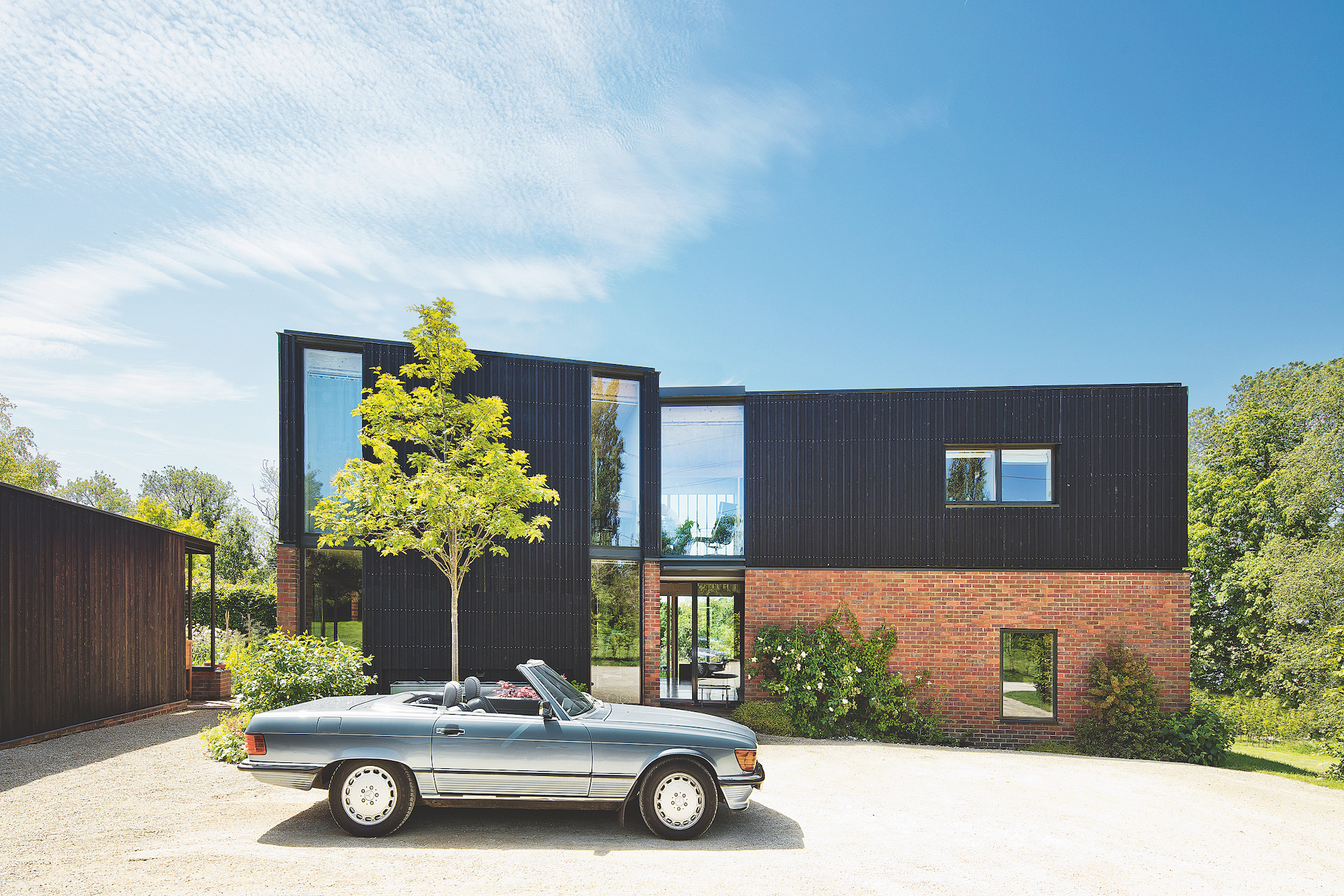
2. Choose an Off-Site Timber Construction
“One of the big decisions we made was to build using cross laminated timber (CLT) so we could go from the groundworks to a two-storey house in less than two weeks," says Spencer.
With not too much CLT exposed – so it didn’t look “like a sauna” – exposed brick and plaster walls, along with vertical slats on glass, bring a pleasing visual cohesion to the ground floor. The CLT ceilings have been left exposed with an Osmo oil finish.

3. Don't be Afraid to Get Stuck In or Live On Site
"Our self build mortgage covered about £300,000 which was enough to get us to weathertight stage, but not finish the interiors,” says Spencer. The young family bravely moved into one side of the unfinished house once the children’s bedrooms and a family bathroom had been completed — a choice Spencer remains positive about.
“The first couple of years were hairy, but on the whole it has been very enjoyable,” he says. “The biggest challenge was finding time — I was doing a lot of it myself DIY while working full time throughout. We didn’t have the money for anyone else to do it and there were definitely moments when I took a new thing on and thought, ‘I should have got a professional to do this because I’m out of my depth’. Finding that balance was a real challenge.”

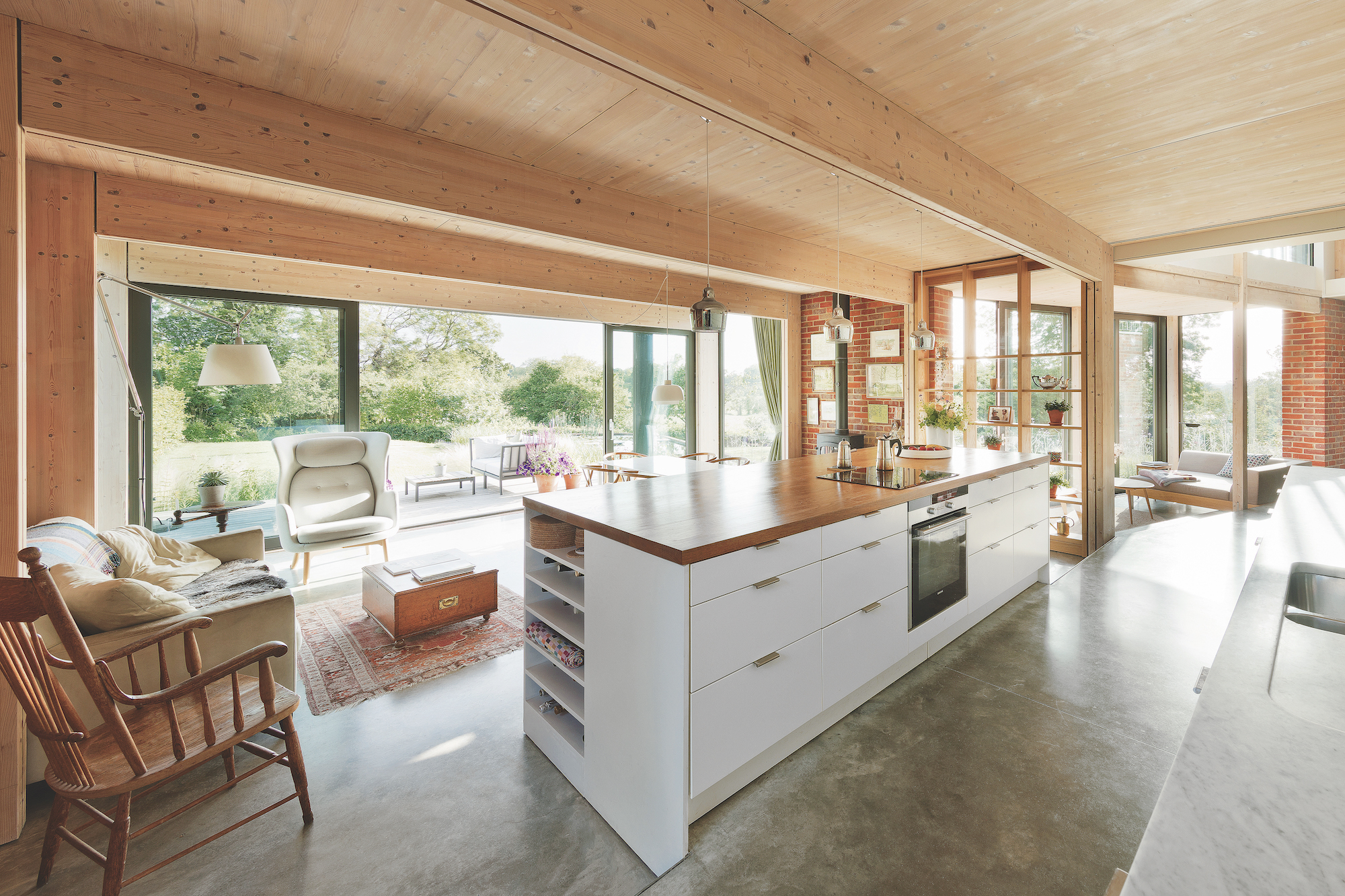
4. Keep the Design Stylish, Yet Sustainable
The house has radiators upstairs and underfloor heating on the ground floor, but thanks to the effective passive design of the house and high levels of insulation, most are not in use.
“We have big windows, which face south and the concrete floor retains the heat really well — even in the winter, we don’t need heating if it’s a sunny day,” says Spencer. “Generally the house doesn’t need any heat from February to October,” he says.
As a result, no fossil fuels are required to heat or power the house and on chillier days the woodburning stove (fuelled by locally-coppiced logs) heats a back boiler.
The immersion heater is powered by solar PV (photovoltaic) panels on the roof, supplying the family with warm water.
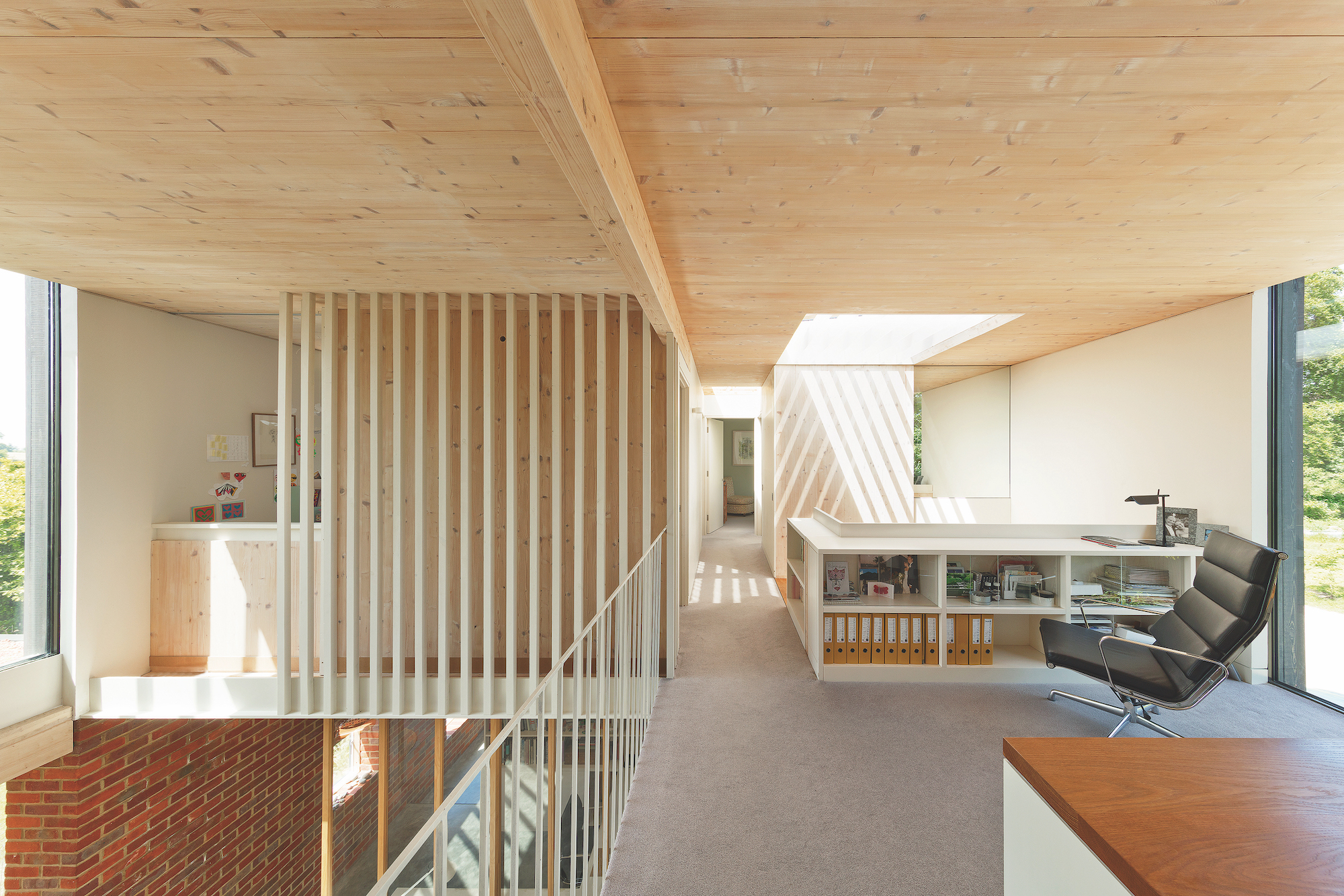
5. Live Flexibly in a Broken Plan Layout
Opening the front door, visitors are greeted with a dramatic double-height volume from which all other rooms are linked. It was important to Spencer and Emma that the internal spaces were connected vertically as well as horizontally, so the floorplan features internal balconies from bedrooms and the landing.
“It was conceived as a mainly open-plan living space, but living in it, we found we wanted to be able to close off rooms and be a little more self-contained at certain times of the day and year.
"Open plan is great but it is even better now we’ve got ways of closing it down and having rooms that complement the open space. Sliding doors and changes in level throughout the house give the interiors a dynamic movement and activity,” says Spencer.
To one side of the hall are the home office design and sitting room, while on the other, a large kitchen, dining and living room overlooks the natural swimming pool and garden.
“It’s the space everything else revolves around,” says Spencer. “We love living here and that’s what it was always about. We designed the life we wanted to live and the house was made to fit that. It feels like it was in progress for a while but you’ve just got to dig deep, push on and finish properly. We’re there now.”
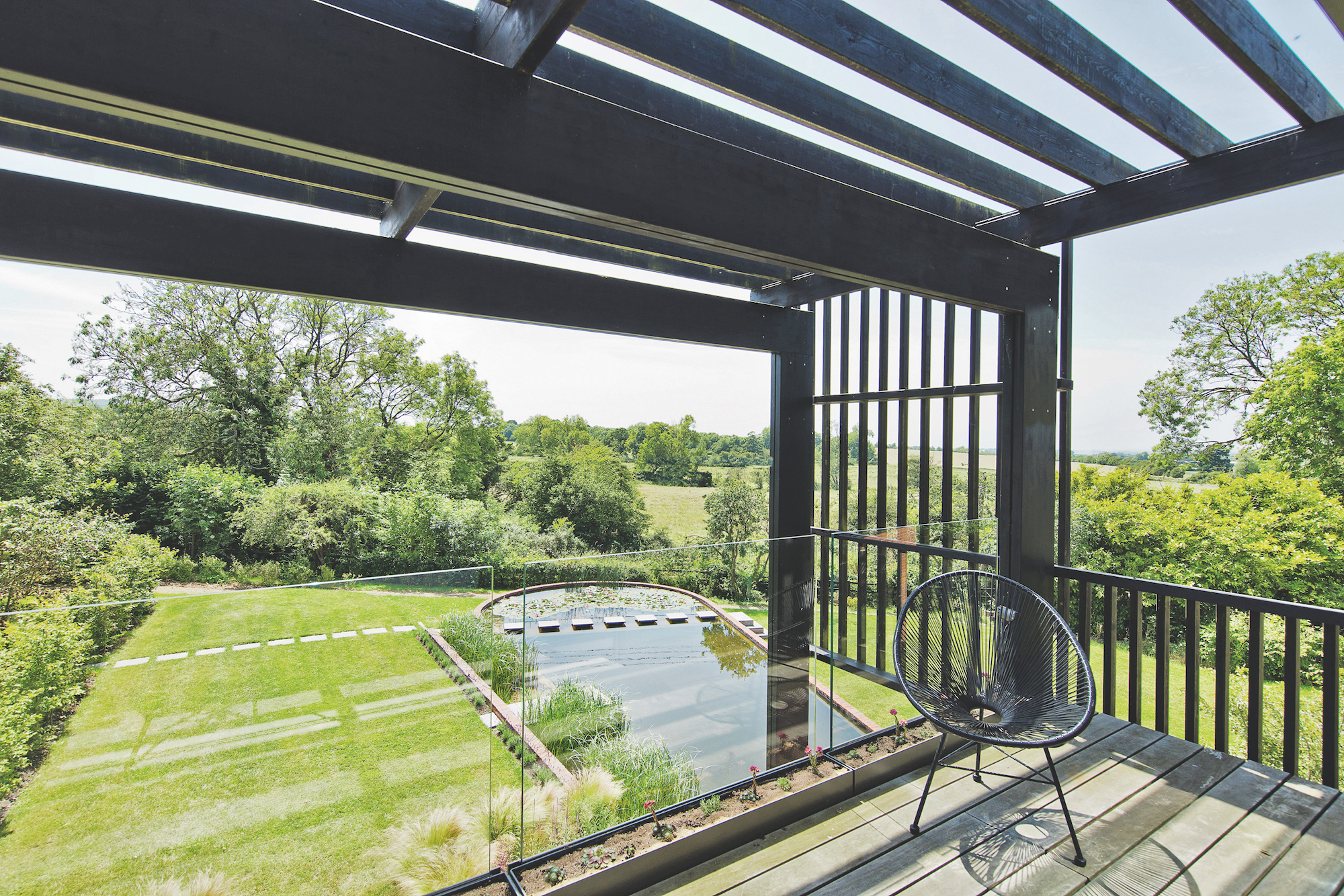
6. Create Some Eco Luxury with a Natural Swimming Pool
One of the most outstanding elements of Spencer and Emma’s home is the beautiful natural swimming pool, designed by Clear Water Revival, just beyond the kitchen.
“When we first designed the natural swimming pool we were going to have it so you could jump from the house into it,” Spencer explains. “We were persuaded to position it slightly further away, but we always knew we wanted it to feel like a part of the house and for it to reflect light in.
"It is designed to be very deep so any dust or leaves that end up in the pool essentially sink to keep the water clear. We also have a generation zone and a filter to keep as much oxygen in the water as possible so that algae doesn’t grow and a pump that pushes water along the top of it to the filter. That’s not to say it’s an overly sanitised pool — it’s very much a natural pond.
“When the sun is low in the sky it bounces off the water and you get the ripple effect on the ceilings. In the summer it is a particularly nice thing to have and we’re very grateful for it.
“It felt like a whole extra project getting it watertight and working properly but now it has settled and matured it feels worth it.”
Amy is an interiors and renovation journalist. She is the former Assistant Editor of Homebuilding & Renovating, where she worked between 2018 and 2023. She has also been an editor for Independent Advisor, where she looked after homes content, including topics such as solar panels.
She has an interest in sustainable building methods and always has her eye on the latest design ideas. Amy has also interviewed countless self builders, renovators and extenders about their experiences.
She has renovated a mid-century home, together with her partner, on a DIY basis, undertaking tasks from fitting a kitchen to laying flooring. She is currently embarking on an energy-efficient overhaul of a 1800s cottage in Somerset.
